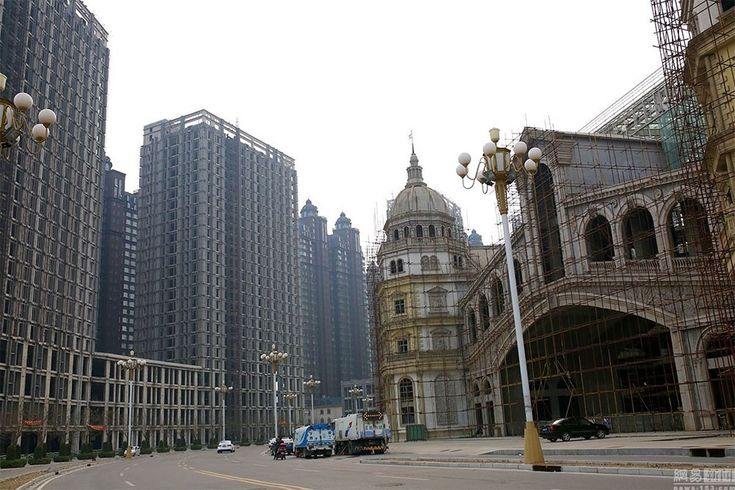It is now over 15 years since my love affair with ghost cities in China began after I visited Ordos and Kangbashi. Said love would lead us not just to running tours here, but even filming the movie Ghost Box Cowboy.
Yet as mad as Kangbashi is what is even more bat shit crazy is that it is far from alone and in fact ghost cities in China are a bit of a thing. We have therefore put together our top list of the 10 most infamous ghost cities in China, where they are, how many people they wanted to live there and more importantly the amount that actually do.
10. Dantu District, Jiangsu
Planned population: 500,000
Current population: around 100,000
Dantu is the sort of place that makes you question reality. Row after row of pristine apartment buildings stand in eerie silence. It looks lived in from a distance, but get closer and it’s all closed shops and empty hallways. Located in Zhenjiang, this district was built to ride the wave of China’s urban expansion. Instead, it drowned in its own ambition and never recovered. Very impressive as ghost cities in China go, but despite being only 1/5 full just scares into the top ten.
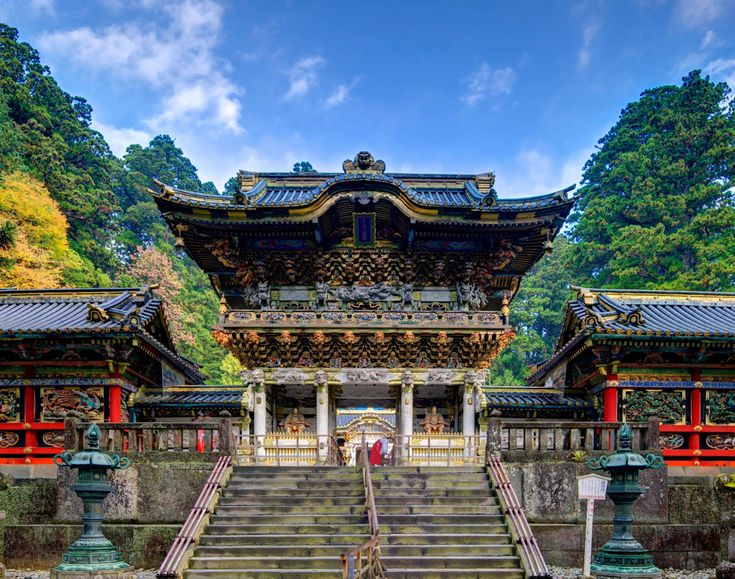
9. Yujiapu, Tianjin
Planned population: 1.2 million
Current population: under 100,000
Yujiapu was meant to be China’s Wall Street. What it got was a concrete jungle with no hustle. The skyline is impressive and features towering office blocks, modern metro stations, even a fake Rockefeller Center, but alas they’re pretty much empty. Tourists come though but only really to laugh at what a failure it is. Amazingly this place is still being pushed as the “next big thing”, but no one is buying it, figuratively and literally.
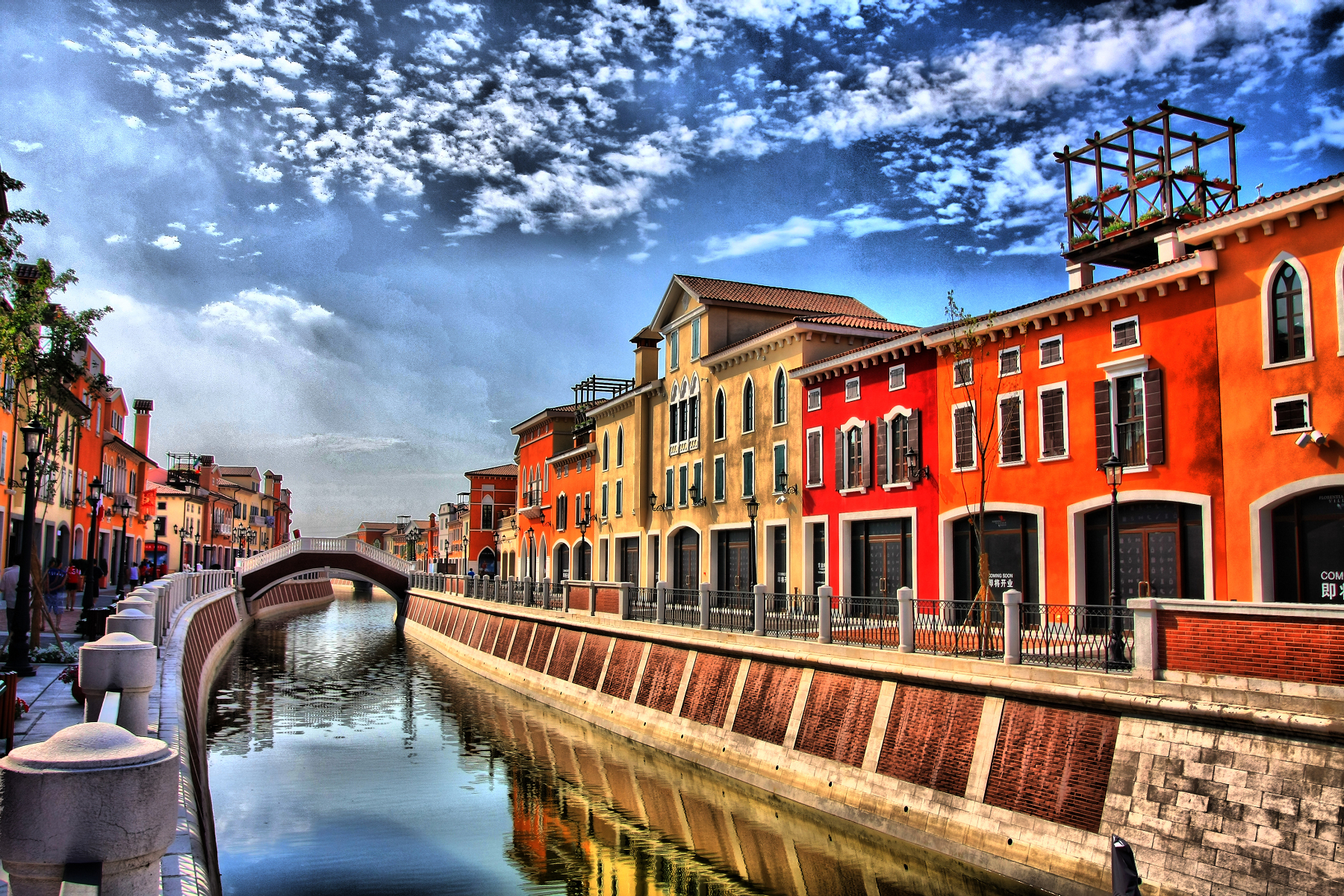
8. Loudi, Hunan
Planned population: 500,000
Current population: around 120,000
Loudi’s problem wasn’t overreach, it was underwhelming execution. Developers built fast, but forgot about who was going to live there. Whole neighbourhoods were finished and then simply ignored by the market. What was once meant to be a regional hub is now a dusty expanse of unused concrete that is likely never to fill up, or at least not anytime soon.

7. Erenhot, Inner Mongolia
Planned population: 200,000
Current population: about 80,000
You know you’re in Erenhot when you’re greeted by two giant dinosaurs straddling the highway. It’s right on the border with Mongolia and was supposed to be a booming trade centre. But after some early growth, it plateaued. The dinosaur statues are still there, as are the vacant apartments and the decaying infrastructure. Another one for the ghost cities in China tour circuit and one that we actually visit on our Inner-Mongolia Tour.
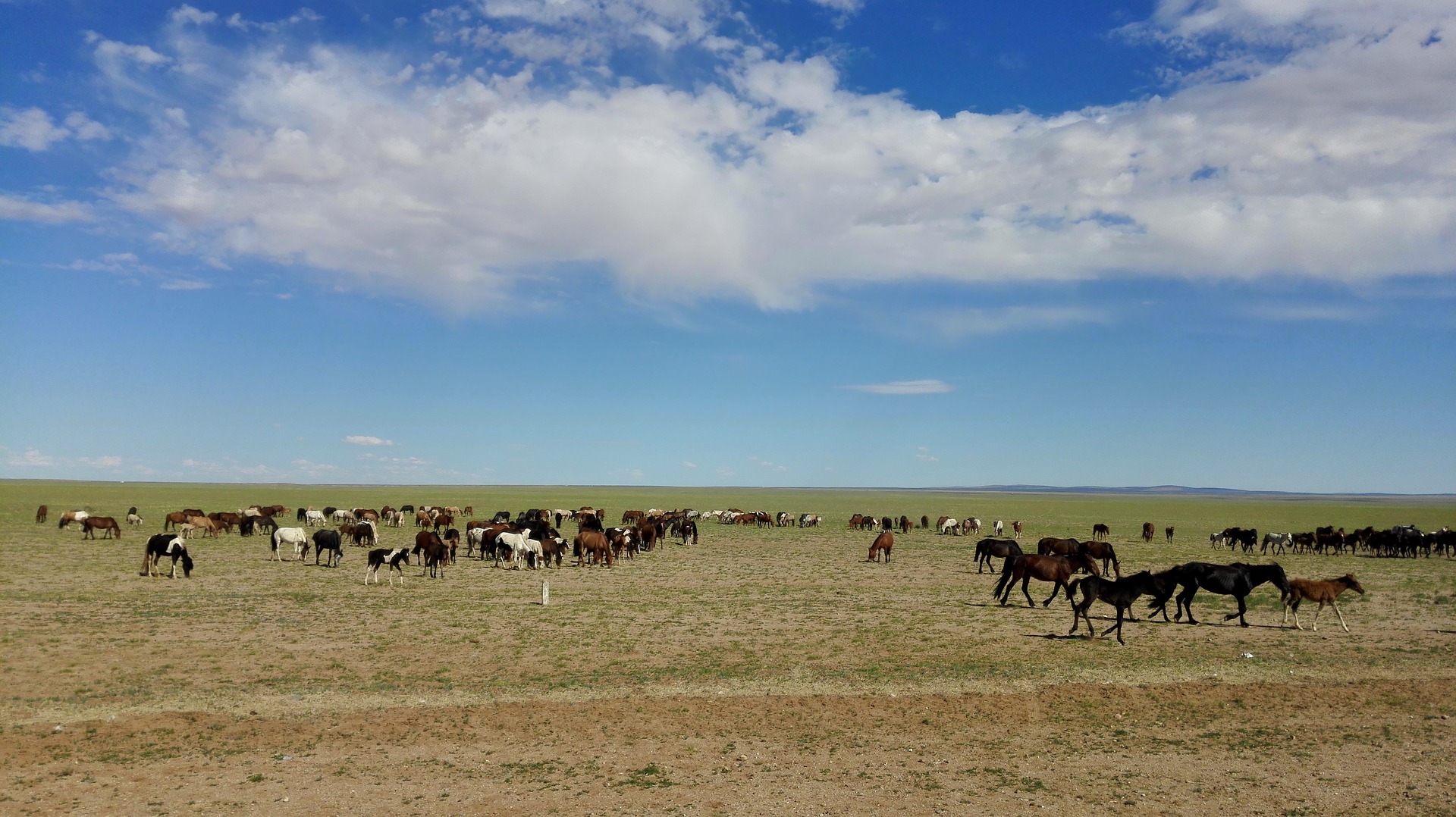
6. Nanhui New City, Shanghai
Planned population: 800,000
Current population: roughly 100,000
A surreal corner of Shanghai with wide roads and almost no traffic. Nanhui is designed like a dream city, with a massive artificial lake, Euro-themed buildings, and enough space for a small nation. What it lacks sadly though is humans. Despite being technically part of Shanghai, it feels slightly more post-apocalyptic.
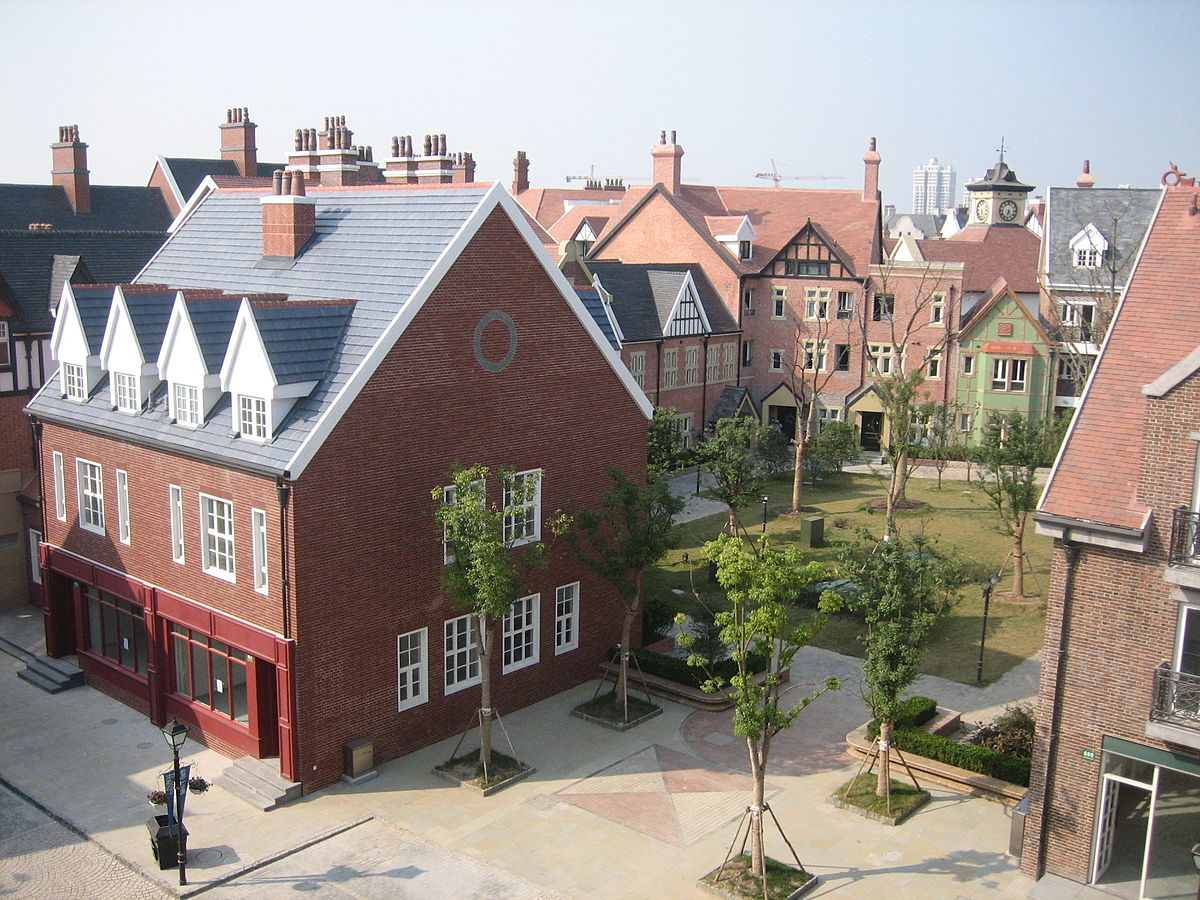
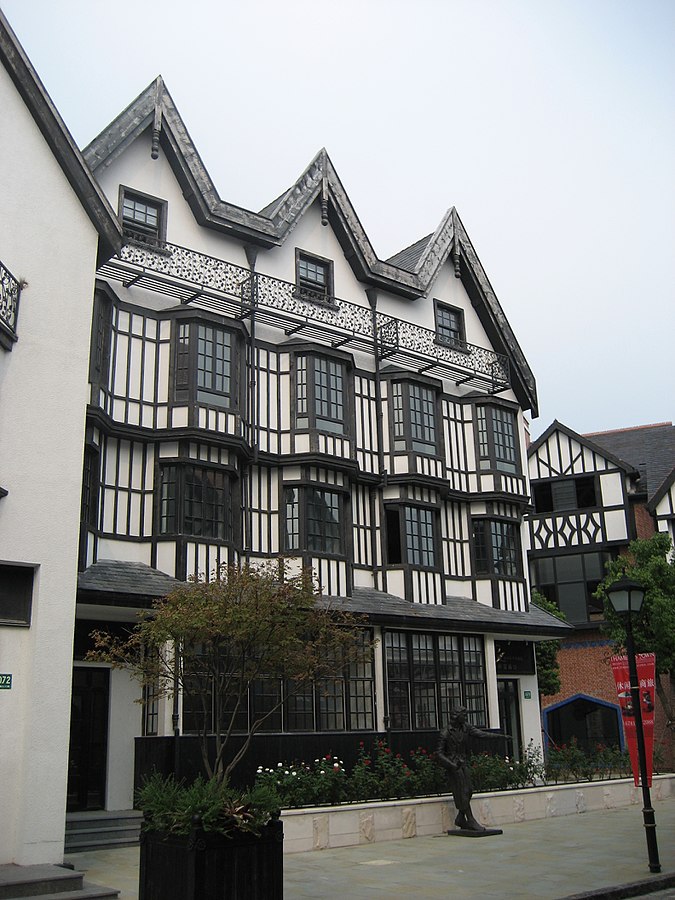
5. Huaxi, Guizhou
Planned population: 300,000
Current population: around 50,000
Once labelled the richest village in China, Huaxi was transformed into a utopian model town. The government poured in cash, built skyscrapers, and marketed it as a “socialist success story”. Then it all came crashing down with the economy, people left, jobs disappeared and the government tried to remain as hush hush as possible about their own epic failure.
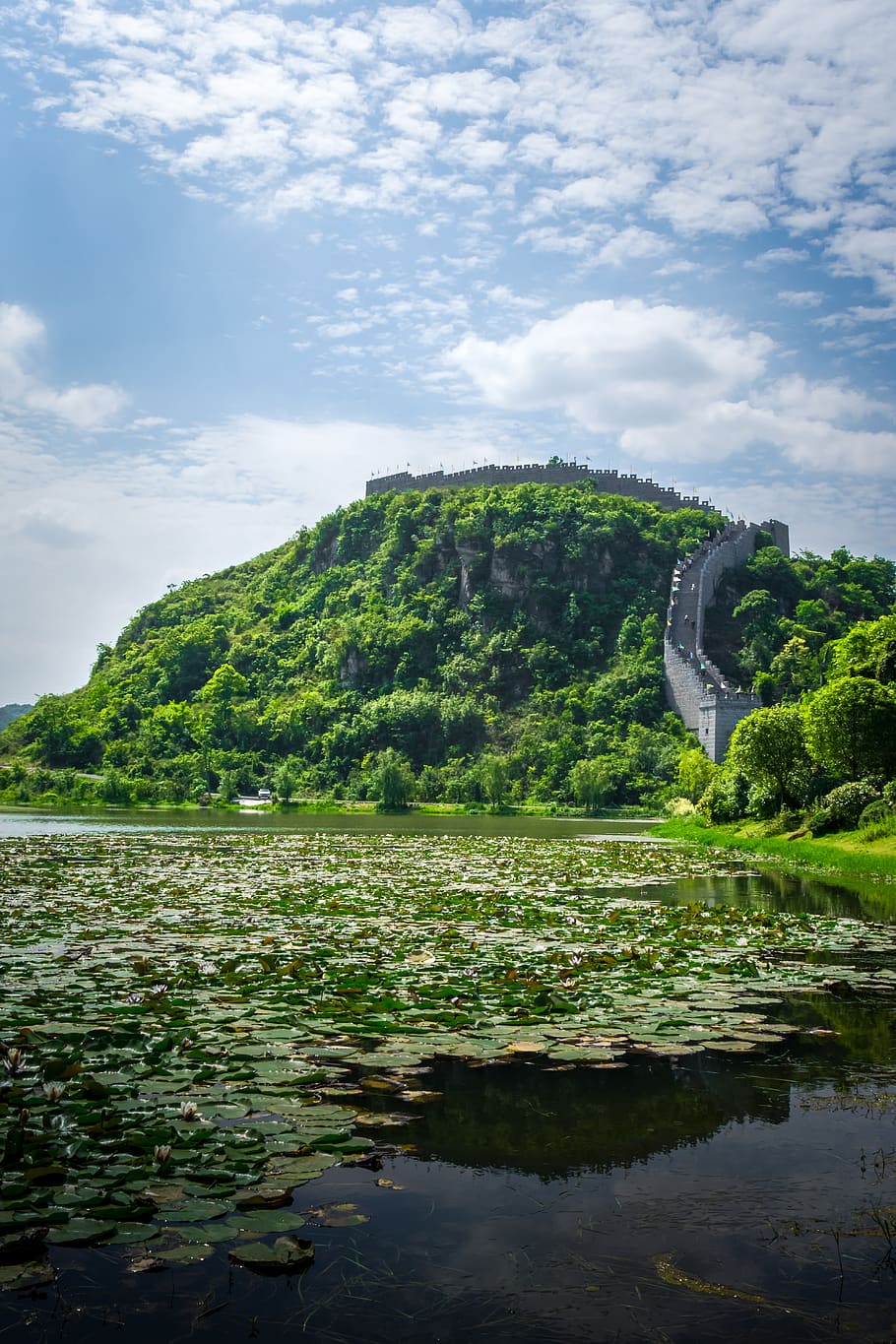
4. Chenggong, Yunnan
Planned population: 1.5 million
Current population: just over 300,000
Chenggong was built as a satellite city to take the pressure off Kunming. Instead, it ended up as one of the biggest ghost cities in China. The infrastructure is there, such as schools, hospitals, and government buildings, but the vast majority of it has just remained empty for years. Recent development has brought in more life, but at 20% capacity it still enters at number of our ghost cities of China as a pretty abject failure.

3. Ordos City, Inner Mongolia
Planned population: 1.5 million
Current population: about 300,000
This is the classic. The poster child. If you’ve heard of ghost cities in China, you’ve heard of Ordos. Built on the back of a coal boom, Ordos was meant to be the Dubai of the desert. Instead, it turned into a hauntingly empty city with grand plazas, towering statues, and luxury condos that no one moved into.

2. Kangbashi District, Ordos
Planned population: 1 million
Current population: 120,000
Kangbashi is the elite district of Ordos and possibly the most iconic ghost city on Earth. It has Olympic-sized stadiums, lavish museums, and one of the best libraries in China. The problem is it was built before anyone actually wanted to live there. A classic case of build it and they didn’t come. There’s been a bit of life breathed into it recently, but it’s still miles from what it was meant to be. And fun fact (s)! YPT not only ran tours here, but also filmed a movie.
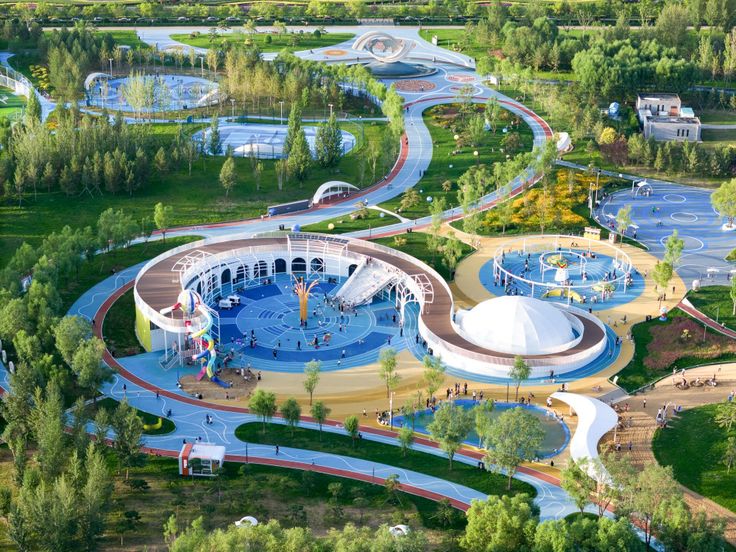
1. Xiangyun International, Hebei
Planned population: 300,000
Current population: under 20,000
This is the new king of failure as number 1 on our ghost cities in China list. Built in the middle of nowhere between Beijing and Shijiazhuang, Xiangyun was supposed to be a commuter paradise. What it got was empty towers, a fake European town center, and next to no actual residents. It’s now a favourite spot for urban explorers and film crews looking for desolation without having to build a set.
Ghost cities in China are not just planning failures, they’re living monuments to the big experiment that is and has been “Socialism With Chinese Characteristics”. An ideology that many feel has put the Chinese GDP above the humans of the state.
Yet despite this and the fact that every year for the last 15 years or so people have predicted the imminent crash of the Chinese housing market, the nation not only thrives, but survives. Therefore in many ways the ghost cities of China can be more as exceptions to the rule rather than the route to a dystopian future.
Click the link to check out our China Tours.
